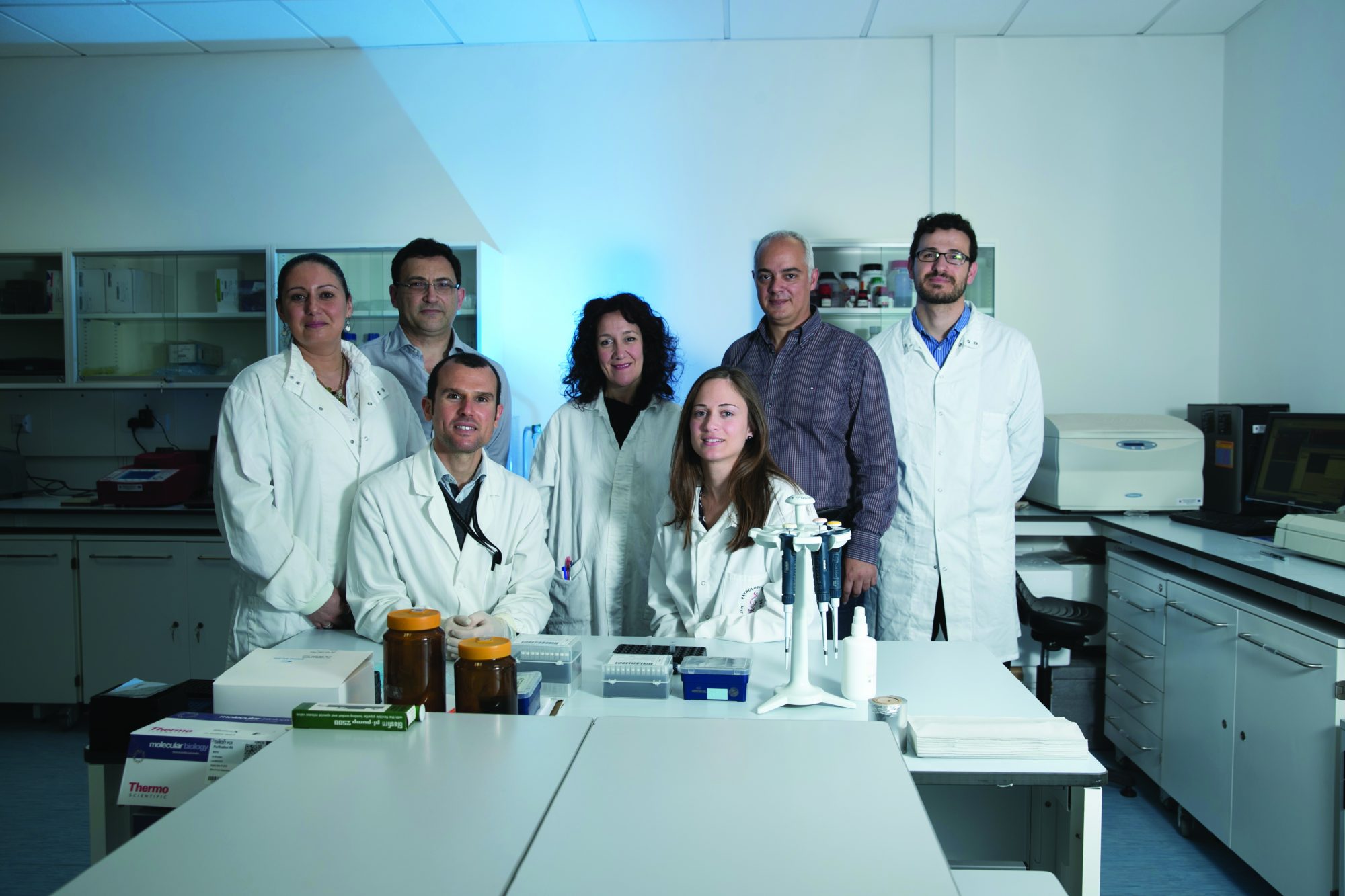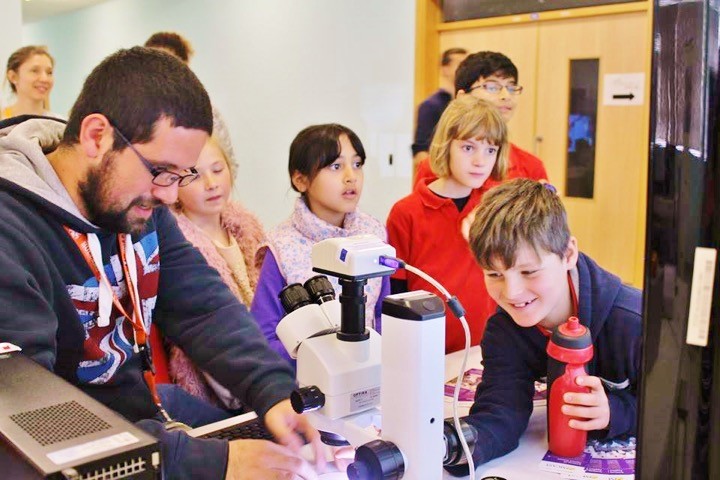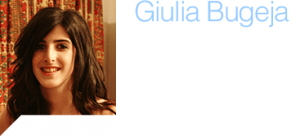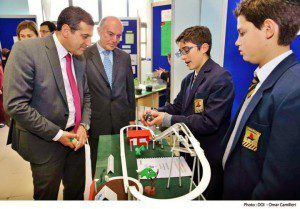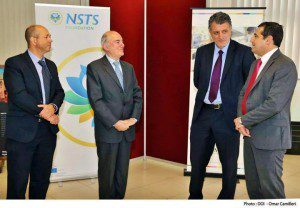STEM subjects tend to intimidate, seeming inaccessible to the untrained eye. Dr Vanessa Camilleri, Dr Marie Briguglio, and Prof. Cristiana Sebu speak to Becky Catrin Jones about how they are challenging preconceptions by combining science and art at Science in the City, Malta’s national science festival.
It’s 2018. We live in a world where saliva samples sent out from the comfort of our own homes return to us with a sprawling outline of our ancestry and where some of the biggest social media influencers are robots. Despite this progress, utter the word ‘scientist’ and the outdated image of men in white lab coats still abound.
When advances in STEM (Science, Technology, Engineering, Mathematics) direct almost every aspect of life, why is it that so many still switch off the minute we mention science?
Researchers haven’t always had the best PR. In films and TV, science is often portrayed as a foreign language, gibberish to most. Real life is not always that much better, with some researchers needing to carry a jargon-busting dictionary around to translate what they study. To improve its reputation, we need a more creative approach that can break these stereotypes and bring science to the masses in a way that doesn’t send people running for the hills.
Science in the City (SitC), Malta’s science and arts festival, is the perfect opportunity for researchers at the University of Malta (UM) to bring their research to citizens in a way that doesn’t need subtitles.
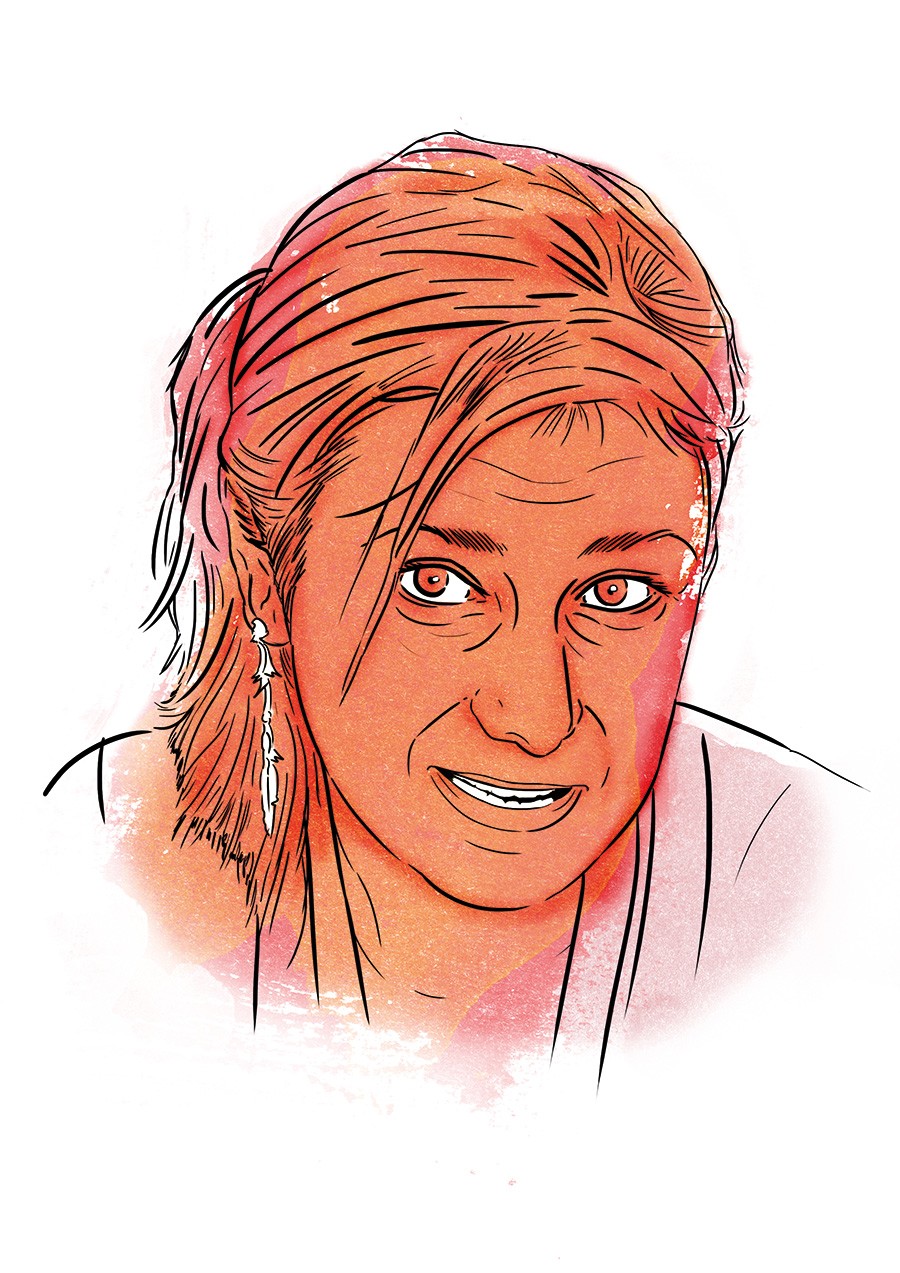
Professor Cristiana Sebu (Department of Mathematics, UM) joined UM only three years ago, but has already made a firm mark. With a background in Applied Mathematics, she moved to the university as an Associate Professor, setting up a new course stream for undergraduate students in Biomathematics. Sebu’s interests lie in the practical applications of mathematics, particularly in biology, and in exploring how mathematics underpins essentially everything in life. ‘The links between mathematics and biology are strong,’ Sebu asserts. ‘We need to be able to make predictions and apply mathematical modelling to understand complex and intertwined biological systems such as signalling pathways in the body or ecosystems in the environment.’
That said, Sebu is still very aware that her love for mathematics is not often shared by the wider world. The word ‘mathematics’, however applied it might be, still strikes fear into the hearts of many. In an effort to counter this reaction and replace it with a more positive one, Sebu is joining the myriad of researchers at SitC and adding music to the mix.
‘Maths provides the building blocks and the structure of music,’ says Sebu. ‘Debussy, Mozart, Beethoven, and so many more used a mathematical pattern known as the Fibonacci Series in their scores.’ The Fibonacci sequence is an infinite pattern of numbers where the next number is the sum of the two previous ones, going from 1, to 1, 2, 3, 5, 8, where (1+1) = 2, (1+2) = 3, and so on. This sequence is closely related to what’s known as the Golden Ratio, an infinite number which can be found in so many examples throughout nature, from the composition of bee colonies to the shape of seashells and the patterns in sunflower seeds.
Debussy, Mozart, Beethoven, and so many more used a mathematical pattern known as the Fibonacci Series in their scores.
To highlight this elegance, Sebu has teamed up with jazz composer Diccon Cooper. The performance, entitled ‘Jazzing the Golden Ratio’, will feature presentations of the Golden Ratio in art, the environment, and the human body, accompanied by Fibonacci-inspired jazz music specially commissioned for the festival. Sebu herself will also be there, sharing her thoughts about the significance of this pattern in the world around us. ‘People see arts and science at odds, but the two are very much embedded in each other,’ Sebu states. ‘Hopefully we’ll be able to demonstrate the beauty of mathematics at Science in the City this year.’
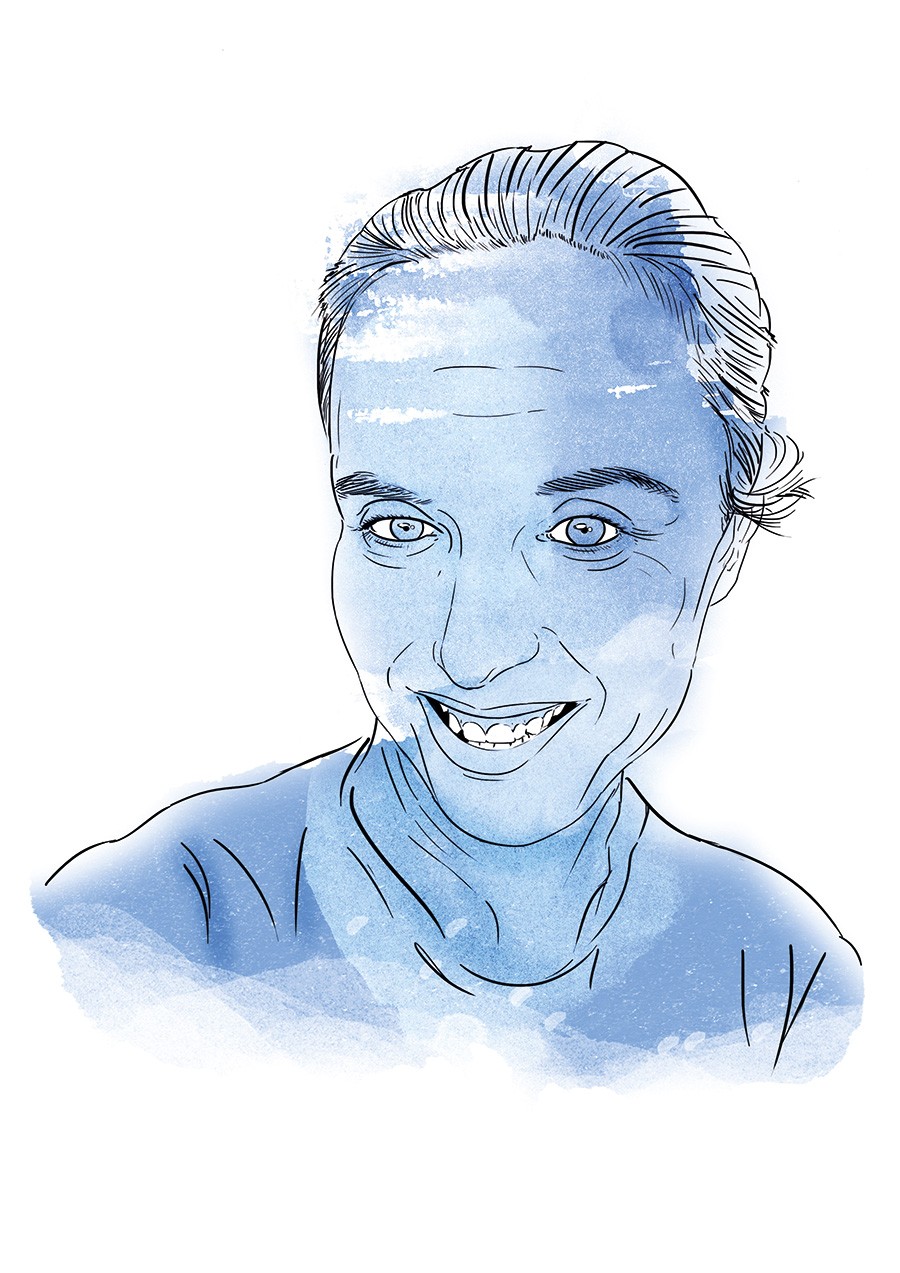
The significance of this connection between arts and science is a notion shared by Dr Vanessa Camilleri (Faculty of ICT, UM). After working on a project combining Artificial Intelligence (AI) with behavioural studies at Coventry University, Camilleri found a niche research environment using immersive technology and design to influence our decisions and behaviours. Returning to the UM, she worked on a Virtual Reality (VR) headset allowing teachers to experience what it might be like for a child with autism in a classroom.
‘Unless you experience something, it’s very difficult to reach a deep level of empathy,’ Camilleri said of the idea behind the project. ‘We wanted to give [teachers] the opportunity to build new memories through VR, and help them understand the needs of the child in greater detail.’
For SitC this year, Camilleri is taking a different approach. The VR headsets are having the night off, and attendees will need nothing but their smartphones to see science brought to life in artistic form. Using Alternative Reality (AR) methods, she’s collaborating with artists Matthew Attard and Matthew Galea to bring a fourth Triton to the fountain for one night only through a project funded by Valletta 2018. By downloading the smartphone app, attendees will see the new fountain brought to life through their phones. In the build-up to the festival, the artists are using eye-motion tracking and heat mapping sensors on volunteers to see which bits of the current statue draw their attention. This is then translated into the final depiction, making the fourth Triton as eye-catching as the current three.
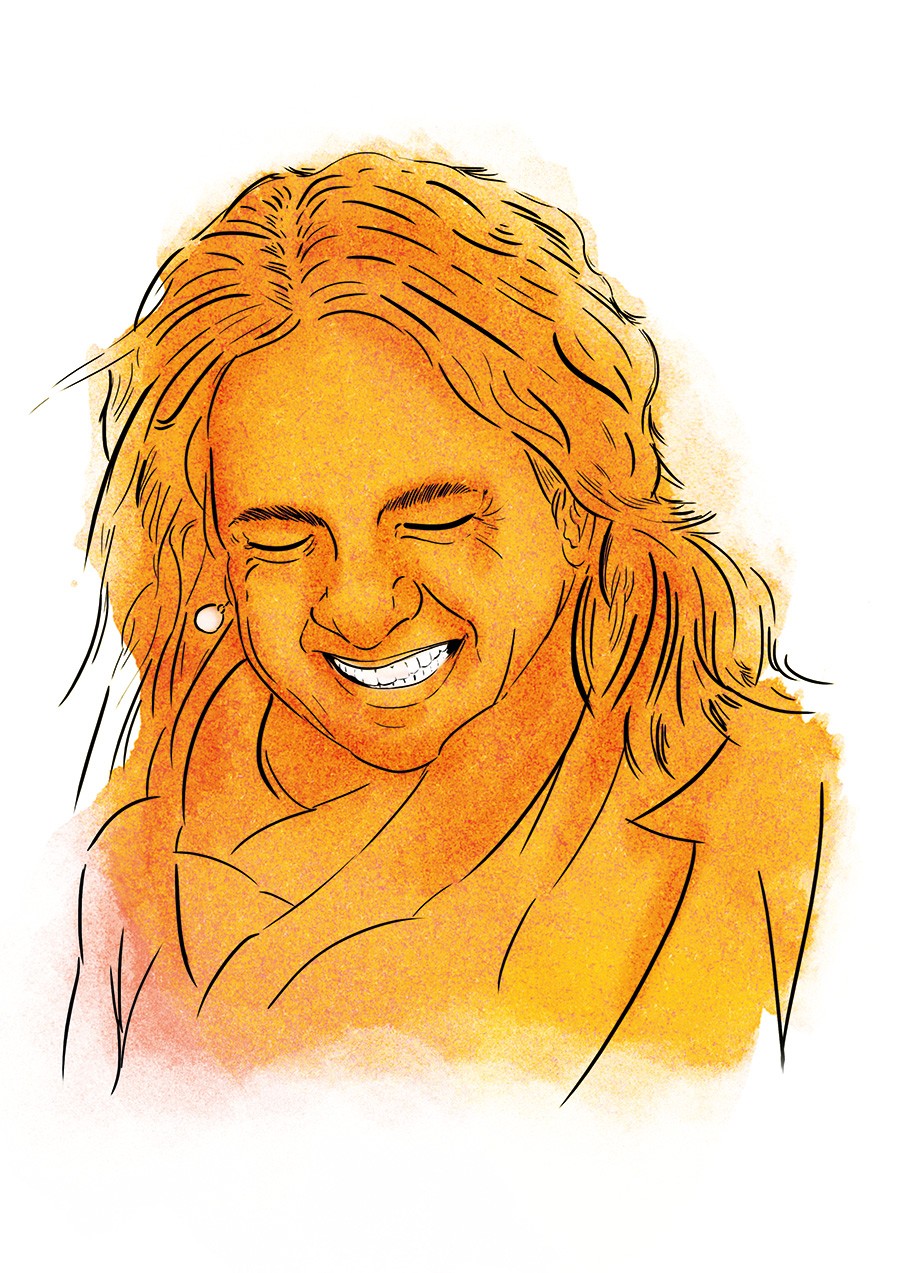
Lecturer Dr Marie Briguglio (Faculty of Economics, Management & Accountancy, UM) is also hoping to use art to bring her subject to life, albeit in a more sober manner. As a behavioural economist, Briguglio’s focus is on a population’s impact on environment and how we can police this. In particular, at SitC, she wishes to convey the ‘Tragedy of the Commons’—the notion that free or common assets such as public space or air are likely to be exploited by the masses due to sense of entitlement combined with lack of responsibility.
To do this, Briguglio recruited the expertise of Steve Bonello, a cartoonist with a political bent. ‘Working out how best to design environmental regulation underpins much of the research I am involved in. But it’s also very evident in many of the cartoons Steve draws,’ says Briguglio. ‘I soon realized that there was enough material to write a book.’ And so they did, combining the work of faculty with cartoons to produce the comic The Art of Polluting.
Home truths about how we personally damage the world we live in might not make for easy reading, but Briguglio hopes the fusion between arts and science will make this message easier to swallow. ‘It is intended to bring to light research on environmental pressures, status, and responses in a manner that is accessible and also fun.’ The book itself will be displayed as part of a larger instalment titled No Man’s Land, which will include a live action play, more detailed research, and even a free tree-planting stall.
Putting research on the main stage is no new concept to any of these three, and this year’s SitC is certainly not their first venture into science communication. The projects they’ve put forward have all stemmed from previous public engagement ideas. Camilleri worked with the same artists on an AR feature about Greek Mythology, and she regularly translates her research for mass media. A science communication event, Go For Research, which was spearheaded by the Faculty of Science and Directorate of Curriculum Management and aimed at the Junior Science Olympiads was where Sebu’s idea for highlighting the beauty of mathematics was born.
The passion for their subjects is infectious in all three researchers. Each one listed the prospect of inspiring their audience as their top goal for the festival. Shaking up science communication by presenting it in a way we wouldn’t expect, through musical maths, theatrical economics, and artistic AI, provides an opportunity for researchers and citizens alike to see science through a new lens. One where progress seems brighter and kinder.


